کتاب فعالسازی، غیرفعالسازی و مسمومیت کاتالیستها به موضوعات و مکانیسمهای مرتبط با فعالسازی، غیرفعالسازی و مسمومیت کاتالیستها میپردازد. تاکید در این کتاب بر روی تکنیکهای مربوط به کنترل سیستمهای غیرفعالسازی است و غیرفعالسازی به وسیله آلودگی و سینترینگ نیز مورد بررسی قرار میگیرد. این کتاب شامل سه بخش و 12 فصل است. بخش اول به توسعه سیستماتیک روشی که کاتالیستها به صورت میکروسکوپی فعالسازی، غیرفعالسازی، مسمومیت و در برخی موارد بازفعالسازی میشوند، اختصاص داده شده است. فصل اول مفهوم مرکز فعال کاتالیزگر، بازسازی، و تمیز کردن کاتالیست را توضیح میدهد. در بخش دوم، مشکل انتقال حرارت و انتقال مواد و محصولات در داخل ذره به همراه واکنش شیمیایی در آن معرفی میشود. رفتار غیرفعالسازی ماکروسکوپی ذره کاتالیست به صورت پدیدههای غیرفعالسازی سنتیکی و پارامترهایی که حرارت و انتقال جرم را کنترل میکنند، توصیف میشود. بخش آخر به طور اصلی با مجموعهای از ذرات کاتالیست درون راکتور و با تاکید بر فعالیت کلی راکتور سر و کار دارد. در آخرین فصل، رویکرد عملی برای پیشبینی طراحی و عملکرد راکتورهای شیمیایی حاوی کاتالیست غیرفعالسازی شده ارائه میشود. این کتاب برای شیمیستان کاتالیزی، پژوهشگران، طراحان راکتور و دانشجویان علاقهمند به فعالسازی، غیرفعالسازی و مسمومیت کاتالیست نوشته شده است.
Table of contents
Preface
I Deactivation of Catalytic Surfaces: Microscopic Processes
1 Physical and Chemical Description of Deactivation
I. The Concept of the Active Center as Utilized in Catalysis
II. Operational Definitions of Deactivation
III. Regeneration, Rejuvenation, and Detoxification
IV. Summary—Conventional Wisdom and Other Matters
V. More Definitions
References
2 Mathematical Description of Deactivating Systems
I. Deactivation of Systems Having a Single Main Reaction
II. Phenomenological Description of Catalyst Deactivation
III. Comments on Obtaining Deactivation Data: Experimentation
IV. Summary and Evaluation
References
3 Deactivation by Fouling
I. Coke Formation and Fouling Kinetics
II. Chemistry of Coke Formation
III. Coke Distribution in Catalyst Pores
IV. Mechanism of Fouling
V. Fouling of Reforming Catalysts
VI. Summary and Evaluation
References
4 Deactivation by Poisoning
I. Some Beginning Ideas: A General Discussion
II. Poisoning of Non Uniform Surfaces: True and Apparent
III. Some Studies of Homogeneous Surfaces
IV. Heterogeneous Surfaces: Site Strength Distributions
V. Particle Size Dependence
VI. Multifunctional Catalysts
VII. Summary and Evaluation
References
5 Deactivation by Sintering
I. Sintering in Supported Metal Systems
II. Particle Growth Models
III. Crystallite Splitting and Redispersion
IV. Metal-Support Interaction Effects on Sintering and Redispersion
V. Summary and Evaluation
References
II Deactivation of Catalyst Pellets: Macroscopic Processes
6 The Time Scale of Deactivation in Pelleted Catalysts
I. General Formulation of the Problem
II. Some Aspects of the General Solution
References
7 Intraparticle Deactivation
I. Limiting Types of Deactivation in Pellets
II. Modeling the Deactivation of Pellets
III. Nonuniform Distribution of Catalytic Materials in Pellets
IV. Fouling of Hydrodesulfurization Catalysts
V. Summary and Evaluation
References
8 Direct Measurement of Reaction Nonuniformity in Catalyst Pellets
I. The Single-Pellet Diffusion Reactor: Concentration Measurements
II. The Single-Pellet Diffusion Reactor: Temperature Measurements
III. Summary and Evaluation
References
9 Regeneration of Coked Particles
I. Reactions of Coke with Hydrogen and Oxygen
II. The Intraparticle Problem
III. Summary and Evaluation
References
III Deactivation in Chemical Reactors: Global Processes
10 Deactivation in Fixed Beds
I. Activity Distributions in Fixed Beds—A Snapshot
II. Moving Reaction Zones—Theoretical Development for Isothermal Reactors
III. Moving Reaction Zones—Theoretical Development for Non Isothermal Reactors
IV. Some Experimental Results—Isothermal Reactors
V. Scale-up to a Nonisothermal Industrial Reactor
VI. Catalyst Poisoning and Non Isothermal Fixed-Bed Reactor Dynamics
VII. Constant-Conversion Operation
VIII. Summary and Evaluation
References
11 Regeneration of Fixed Beds
I. Regeneration as a Deactivation Problem in Reverse
II. Some Quantitative Studies
III. Summary—Deactivation in Reverse
References
12 A Case History: Kinetic Lumping, Deactivation, and Reactor Models for Catalytic Cracking
I. Kinetic Lumping and Deactivation
II. Reactor Models—Fixed, Moving, and Fluidized Beds
III. Reaction Kinetics and Model Evaluation
IV. Some Comparisons of Reactor Performance
V. Another Optimization Problem
VI. Effects of Deactivation on Selectivity
VII. Some Feedstock Correlations
VIII. Summary Remarks
References
Index
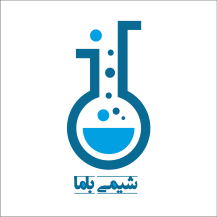
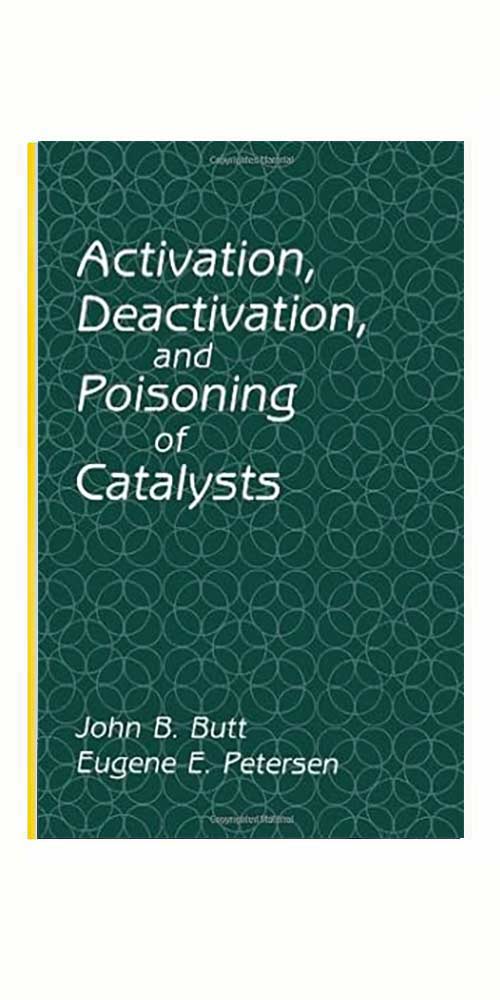
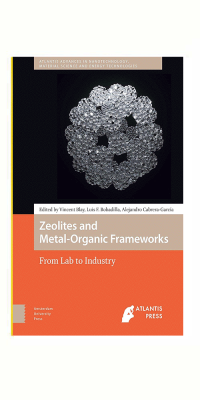

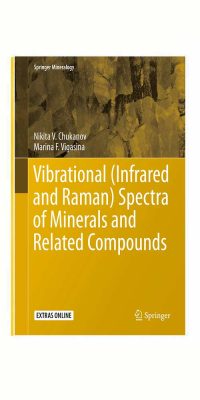
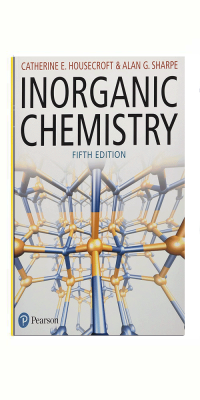

نقد و بررسیها
هنوز بررسیای ثبت نشده است.